38 understanding nutrition labels uk
How to understand food labels - Eat For Health Sometimes labels will include nutrition content claims like 'low fat', 'reduced salt' or 'high fibre'. These claims can only be used if the food meets certain criteria. For example, with a 'good source of calcium' claim, the food must contain more than a set amount of calcium. While nutrition content claims can generally guide ... How to Understand and Use the Nutrition Facts Label | FDA When looking at the Nutrition Facts label, first take a look at the number of servings in the package (servings per container) and the serving size. Serving sizes are standardized to make it easier...
Understanding food labels | Diabetes UK The labels show how many calories are in the food or drink and are also colour coded to show whether the food is low (green), medium (amber) or high (red) in fat, saturated fat, sugar and salt. The information on the front of the pack also tells you how the portion of the food contributes to the Reference Intake (RI) of an adult.
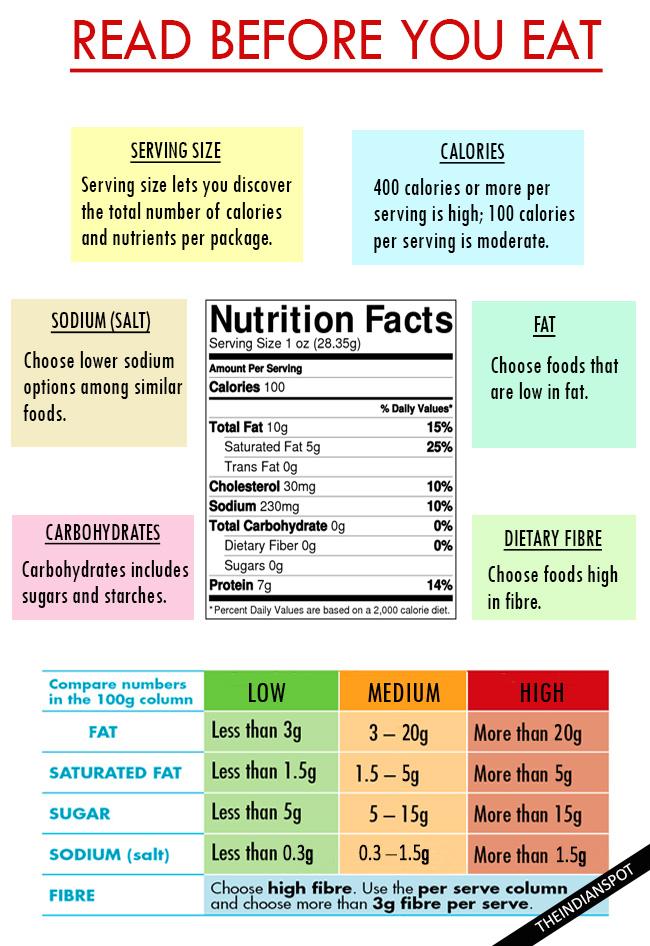
Understanding nutrition labels uk
PDF Technical guidance on nutrition labelling - GOV.UK If you provide a nutrition declaration on a voluntary basis before 13 December 2016, it must still comply with the nutrition labelling provisions of EU FIC. If you make a nutrition and/or health claim or add vitamins and/or minerals to a foodstuff, you must make a nutrition declaration in accordance with EU FIC. Nutrition labels - Food A Fact Of Life Nutrition labels, including both mandatory and voluntary labelling, are in place to help us to make informed food and drink choices. It is important for pupils to be able to recall the key aspects of labelling information and apply to make an informed choice. This area covers: food labelling; using food labels to help make healthier choices. Check the label | Food Standards Agency The traffic light labelling system will tell you whether a food has high, medium or low amounts of fat, saturated fat, sugars and salt. It will also tell you the number of calories and kilojoules...
Understanding nutrition labels uk. Food labels - NHS Nutrition labels are often displayed as a panel or grid on the back or side of packaging. This type of label includes information on energy (kJ/kcal), fat, saturates (saturated fat), carbohydrate, sugars, protein and salt. It may also provide additional information on certain nutrients, such as fibre. How to Read Food Labels Without Being Tricked - Healthline Still, processed foods that are labeled low-carb are usually still processed junk foods, similar to processed low-fat foods. Made with whole grains. The product may contain very little whole ... Looking at labels - British Nutrition Foundation The table below shows how high, medium and low levels of fat, saturates, total sugars and salt in foods are classified for front of pack labels (there are different levels for drinks). These levels have been decided by the UK government. The 'per portion' in red is used where portions are 250g or more. What are reference intakes? Understanding Food Labels Nutrition Information on labels may be shown in a traffic light system. This shows if a food has high (red), medium (amber) or low (green) amounts of ... Guideline Daily Amount (GDA) per serving for each of these items. Healthy Eating - Understanding Food Labels Trust Docs ID: 11128 Reviewed by Community Dietitians 18/10/2019 To be Reviewed ...
How to Read Food Labels | Nutrition | Holland & Barrett You'll usually find a nutrition label on the front of packaging giving a quick guide to: Energy Fat Saturated fat Sugars Salt This tells you the number of grams of fat, saturated fat, sugars and salt in the product, and the amount of energy (in kJ and Kcal) it contains. A detailed approach Understanding Nutrition Labels | Truvy This breakdown will hopefully help you understand how to read and understand nutrition labels so that you know what foods are of good quality and which ones are not as well as how to compare similar food items. This nutrition label example is of a carton of eggs. Servings & Serving Size Calories Macronutrients Micronutrients % Daily Value Nutrition labelling | Food Standards Agency Nutrition information should be presented in the following way: in tabular format with the numbers aligned where space does not permit, the declaration may appear in linear format energy value must... Food labels too complicated for most shoppers to understand - new research In the UK, the Food Standards Agency regulates the use of food wording and claims - such as "high in fibre" or "low in salt". For a cereal to be classed as high in fibre, for example, it ...
Your guide to understanding nutrition labels: How to read the back of ... With the total fat amount, Eat For Health recommends you should aim for less than 10g per 100g. With milk and yoghurt, look for less than 2g per 100g, and with cheese, opt for those with less than... Food labelling - get into the habit of checking the label Look for five key points on the label: 1. Energy The terms 'kJ' and 'kcal' (calories) tell you how much energy is in a product. Women need an average of 2,000 kcal a day and men need 2,500 kcal on average. 2. Saturates Saturates is another word for saturated fat. This section tells you about the amount of saturated fat in the product. 3. Salt Understanding Food Labelling - Kellogg's Nutrition Healthcare Professionals Nutrition labels on the back or side of packaging Information labels are often displayed as a panel or grid on the back or side of packaging providing information on ingredients, allergens (substances that people might have an adverse reaction to) and nutritional content. Ingredients list 10 tips for understanding food labels - Heart Matters magazine Here are 10 easy tips to help you read back-of-packet labelling: 1. Read the ingredients list Most pre-packaged foods have an ingredients list on the back of the packet. Everything that goes into your food will be listed in weight order from biggest to the smallest.
Reading labels | Diabetes UK Key points Always look at the 'total carbohydrate' on the label when carb counting. This will make sure you are counting both the complex (starchy) and simple (sugary) carbs in your food. Both will raise your blood glucose (blood sugar) levels, and need to be matched with insulin.

How to Read a Nutrition Label | Reading food labels, Nutrition facts label, Nutrition labels
Knowledge, Attitudes and Understanding of Low-fat Nutrition Labels ... Evaluating the Knowledge, Attitudes and Understanding of Low-fat Nutrition Labels/Claims among University Students. Abstract. Background: Studies have shown that Traffic Light (TL) nutrition labels can be effective in directing consumers towards healthier food choices. While the self-reported understanding of labels is relatively high (>50%), it is not reflective of its actual use.
Understanding food labels - Blood Pressure UK The label will tell you how much energy (in kilocalories and kilojoules), fat, saturated fat (often written as saturates), carbohydrate, sugars, protein and salt is in the food. The amounts will be given per 100g or 100ml of the product, and sometimes by portion as well, so you can work out how much you're eating.
PDF Nutrition knowledge, and use and understanding of nutrition information ... Research report Nutrition knowledge, and use and understanding of nutrition information on food labels among consumers in the UK§ Klaus G. Grunerta,*, Josephine M. Willsb, Laura Ferna´ndez-Celemı´nb aMAPP Centre for Research on Customer Relations in the Food Sector, Aarhus School of Business, Aarhus University, Haslegaardsvej 10, DK-8210 Aarhus V, Denmark
Nutrition Seminars | UK Healthy Eating Seminars | Natural Alternative In this webinar we explain how to interpret food labels allowing you to choose the right food to optimise your health, including: How to read ingredients tables to support various health conditions and optimise health Discuss the GDAs (suggested daily amounts of macronutrients) Portion control of each macronutrient, including how much is too much
Food labelling and packaging: Overview - GOV.UK Packaging. If you package food yourself, you must use packaging that's suitable for food use. Suitable packaging is marked 'for food contact' or has a symbol on it that looks like a wine ...
Use and understanding of current UK nutrition label information PDF | Use and understanding of current UK nutrition label information - Volume 77 Issue OCE4 - S.G. Moore, J. Donnelly, S. Jones, J.E Cade | Find, read and cite all the research you need on ...

LABELS 101 - I teach ALL my clients how to read Food Labels properly ! | Reading food labels ...
Understanding Nutritional Information - Nutracheck Margarita Pizza: Nutritional Information Typical Values Per 100g Per half pizza. Energy- KJ 880kJ 1587kJ. Kcal 209kcal 378kJ. Protein 10.5g 19.0g. Carbohydrate 29.1g 49.1g. Of which sugars 2.7g 4g. Fat 7.7g 14.2g. Of which saturates 3.2g 5.8g. Fibre 4g 7.2g.
Understanding Food Labels - Healthy Performance All packaged foods come with a nutrition label meant to provide you with the information necessary to know exactly what you're eating. Understanding what's in the foods you eat helps you make healthier choices. Checking food labels also makes it easy for you to compare the nutrient content of different options.
Understanding Food Nutrition Labels | American Heart Association Learn what to look for on the label. 1 - Start with the serving information at the top. This will tell you the size of a single serving and the total number of servings per container (package). 2 - Next, check total calories per serving and container.
Use and understanding of current UK nutrition label information Previous research into consumer understanding of NI has focussed on the impact of various formats of voluntary Front-of-Pack (FoP) labels and consumers' level of nutrition knowledge (3). Research into consumer understanding of pre-2014 BoP NI in the UK and US has identified specific difficulties with interpreting percentages and servings sizes (2).
Check the label | Food Standards Agency The traffic light labelling system will tell you whether a food has high, medium or low amounts of fat, saturated fat, sugars and salt. It will also tell you the number of calories and kilojoules...

Tech Tips, Tricks & Trivia: Notes from the course "Nutrition, Health, and Lifestyle: Issues and ...
Nutrition labels - Food A Fact Of Life Nutrition labels, including both mandatory and voluntary labelling, are in place to help us to make informed food and drink choices. It is important for pupils to be able to recall the key aspects of labelling information and apply to make an informed choice. This area covers: food labelling; using food labels to help make healthier choices.
PDF Technical guidance on nutrition labelling - GOV.UK If you provide a nutrition declaration on a voluntary basis before 13 December 2016, it must still comply with the nutrition labelling provisions of EU FIC. If you make a nutrition and/or health claim or add vitamins and/or minerals to a foodstuff, you must make a nutrition declaration in accordance with EU FIC.

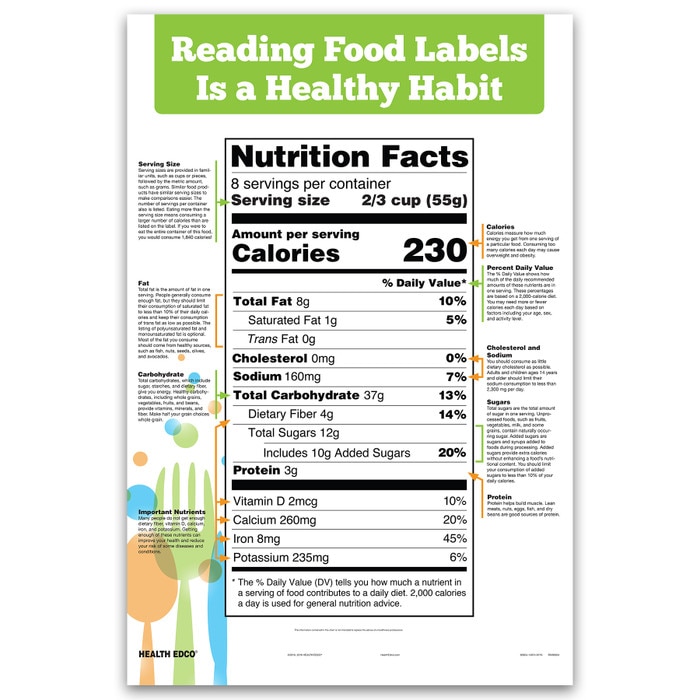
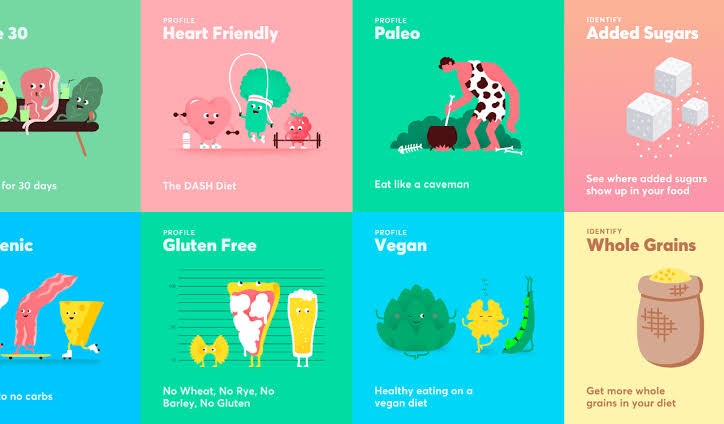


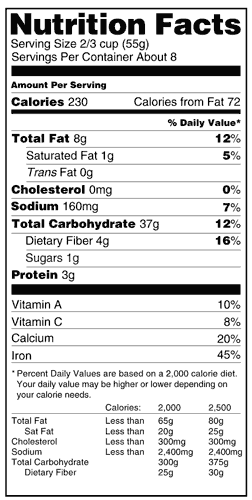

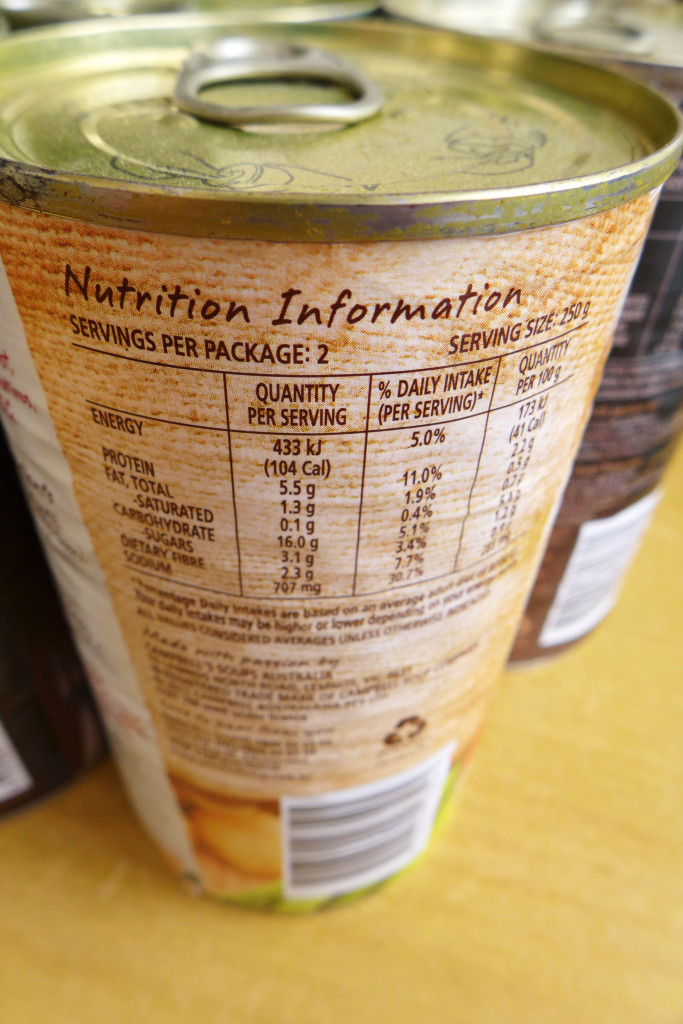
Post a Comment for "38 understanding nutrition labels uk"